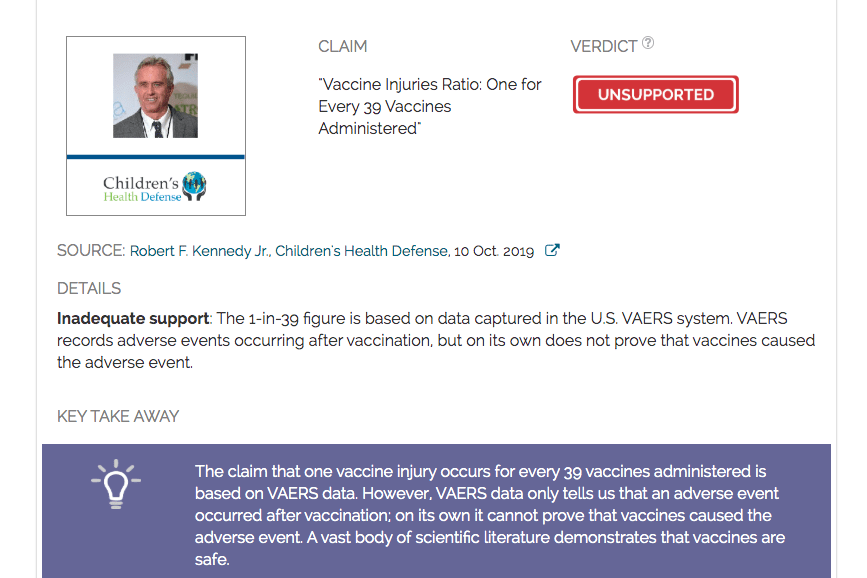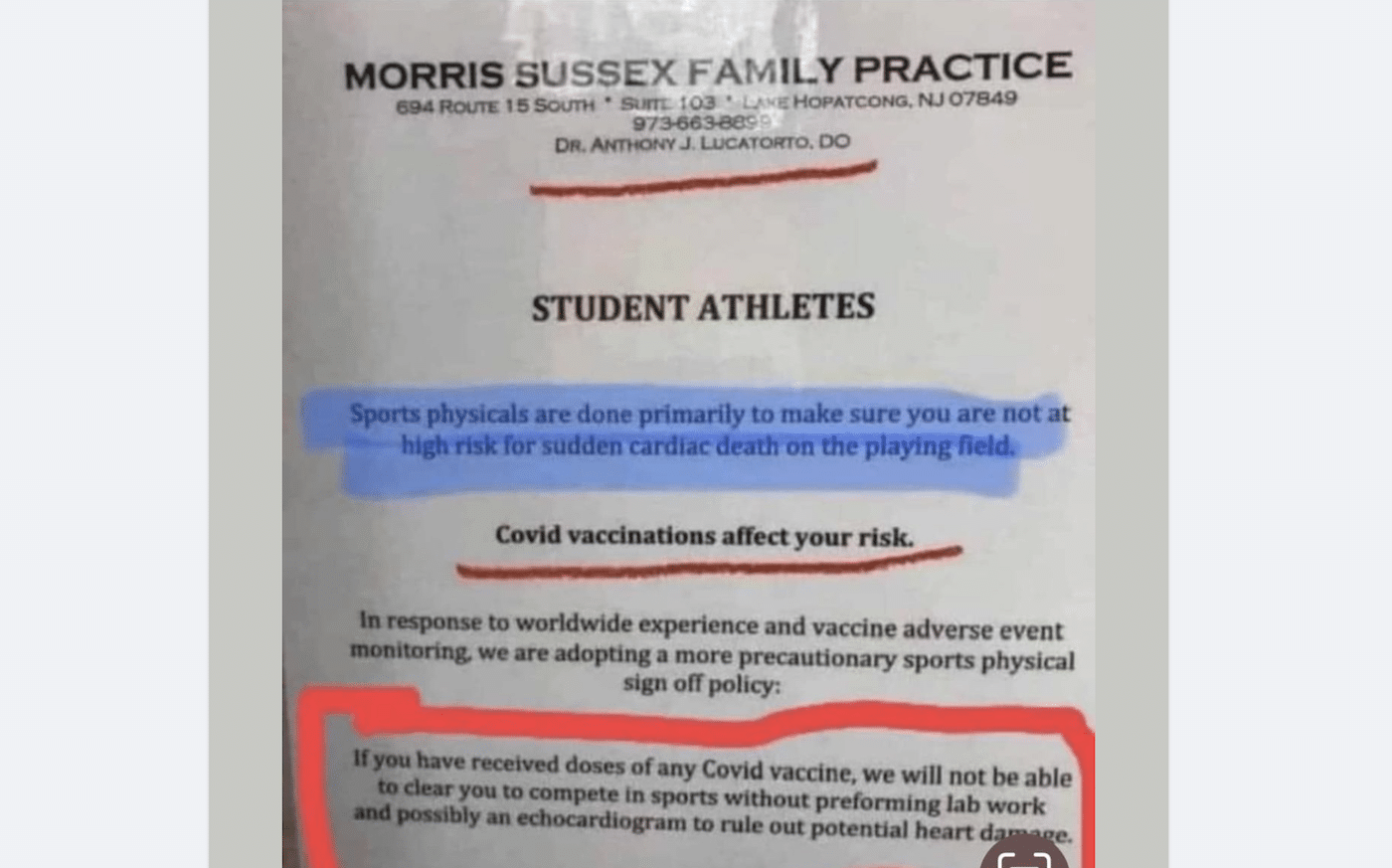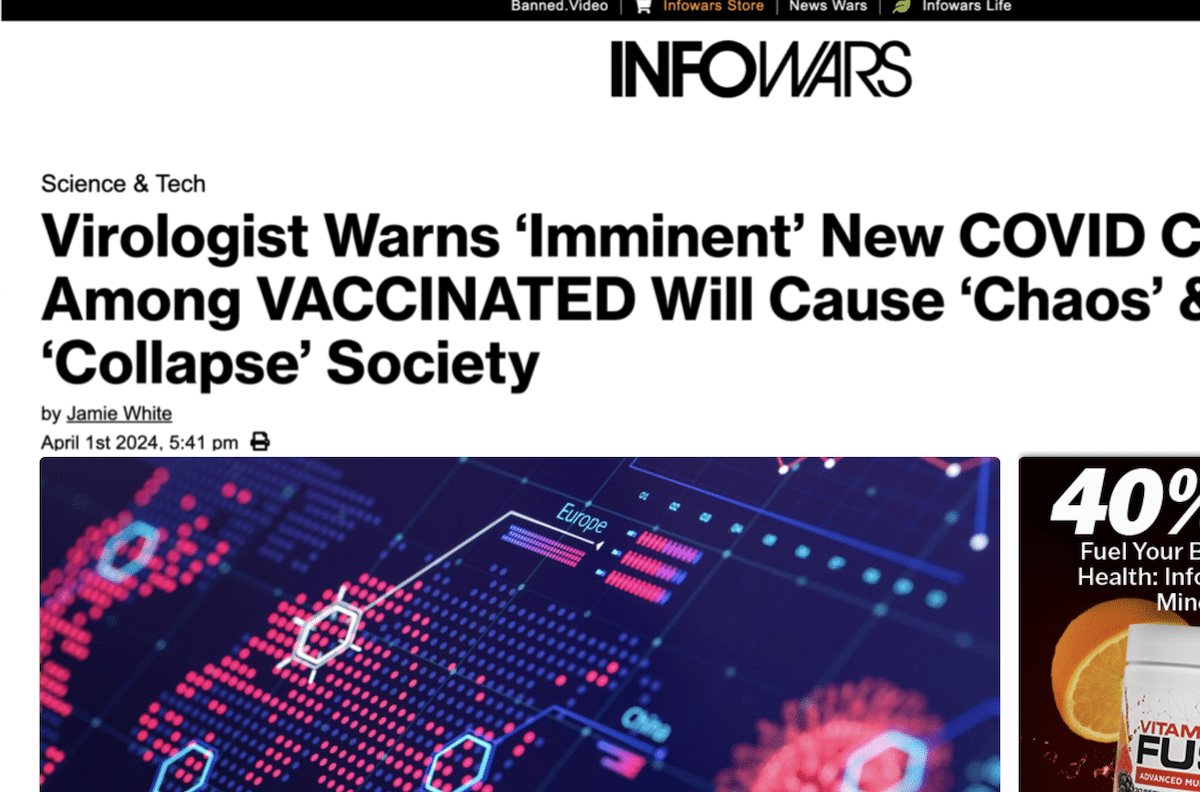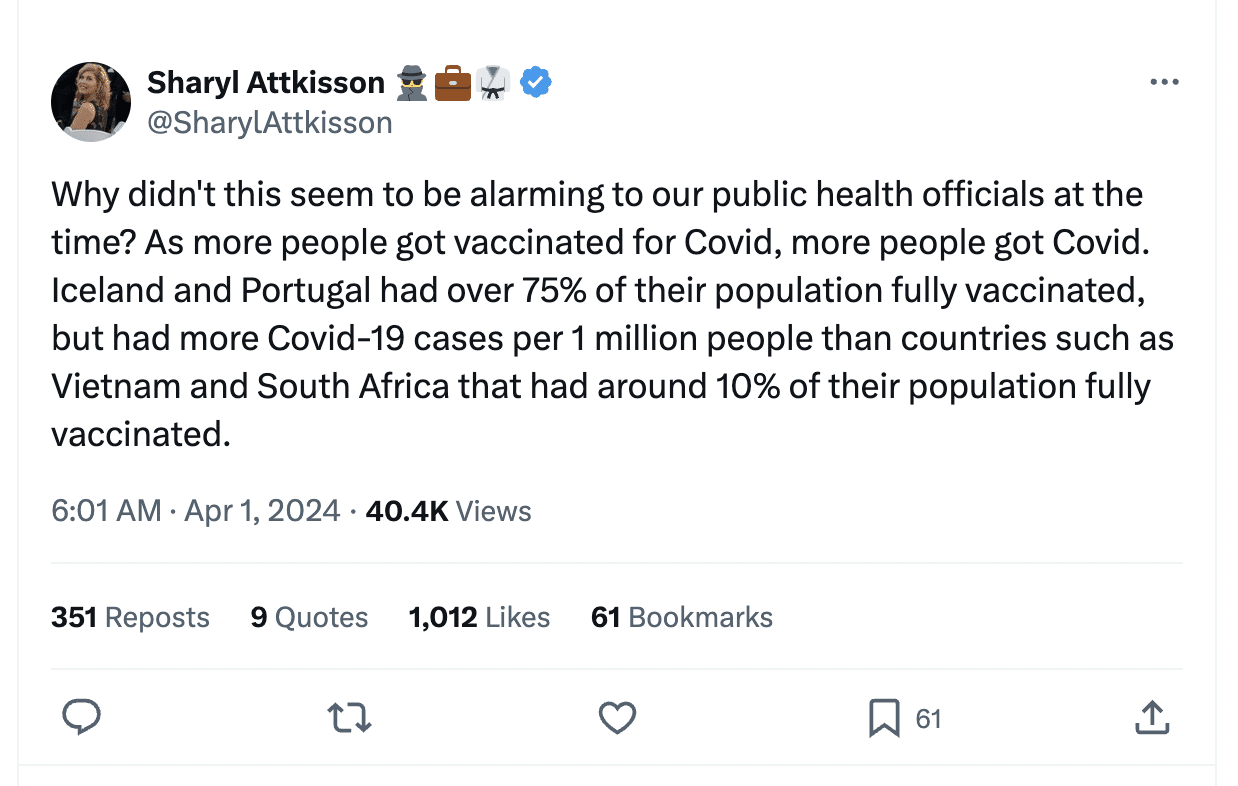- Health
Claim by Robert F Kennedy Jr that one “vaccine injury” occurs for every 39 vaccinations is unsupported by scientific data
Key takeaway
The claim that one vaccine injury occurs for every 39 vaccines administered is based on VAERS data. However, VAERS data only tells us that an adverse event occurred after vaccination; on its own it cannot prove that vaccines caused the adverse event. A vast body of scientific literature demonstrates that vaccines are safe.
Reviewed content

Verdict:
Claim:
Vaccine Injuries Ratio: One for Every 39 Vaccines Administered
Verdict detail
Inadequate support: The 1-in-39 figure is based on data captured in the U.S. VAERS system. VAERS records adverse events occurring after vaccination, but on its own does not prove that vaccines caused the adverse event.
Full Claim
Vaccine Injuries Ratio: One for Every 39 Vaccines Administered
Review
This claim is contained within the headline of an article published by Robert F. Kennedy Jr. in October 2019, stating that the vaccine injuries ratio is “one for every 39 vaccines administered”. According to the article, the data used to support this claim comes from the U.S. Vaccine Adverse Events Reporting System (VAERS), more specifically, a project report from the Agency for Healthcare Research and Quality, part of the U.S. Department of Health and Human Services. The aim of this project was to improve the reporting rate of adverse reactions post-vaccination by enhancing support for electronic recording of adverse events in VAERS. However, the project was not designed to determine whether adverse reactions were caused by vaccines.
The 1-in-39 figure that Kennedy cites comes from preliminary data in the project, wherein “a total of 1.4 million vaccine doses (of 45 different vaccines) were given to 376,452 individuals. Of these doses, 35,570 possible reactions (2.6 percent of vaccinations) were identified.”
This data only tells us that these reactions occurred after vaccination. However, Kennedy misleadingly uses this to claim that this shows a causal association between these reactions and vaccines, committing what is called the post hoc ergo propter hoc logical fallacy.
The severity of these reactions is also unknown from this data. Vaccines—as with all medical interventions—come with the risk of adverse reactions. However, most adverse reactions are mild, resolve quickly, and do not cause lasting damage (such as soreness, swelling and redness at the injection site, as well as fever), unlike vaccine-preventable diseases such as measles and polio. The benefits of vaccines far outweigh the risks from adverse reactions. The claim does not distinguish between mild and serious adverse reactions, but is framed to artificially elevate any risk associated with vaccines.
In fact, the scientific evidence demonstrating vaccine safety is well-established: the National Institute of Medicine—part of the National Academies of Science, Engineering and Medicine—reviewed childhood immunization schedules in 2013 and found them to be safe. The American Academy of Pediatricians has also collected a large evidence base in which thousands of individuals were studied, once again underscoring the excellent safety record of childhood vaccines.



